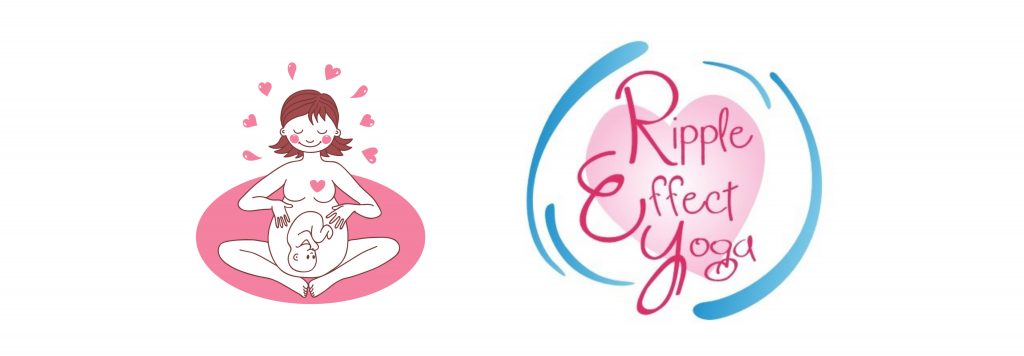 This area is for those clients who come along to Pregnancy Yoga classes.
This area is for those clients who come along to Pregnancy Yoga classes.
There are a host of resources available.
Organised into easy to access lessons.
The resources support the content you will be introduced to during your pregnancy yoga classes.
If you have any questions please do come back to me.
If you are interested in Hyponobirthing with blended birth preparation class split over 5 sessions before 34 weeks and 1 session from 37 weeks onwards to cover tools that can only be done safely after 37 weeks please do have a chat with me.
Enjoy … Claire x
GCSE Statistics – Foundation Edexcel for May/June examinations.
What is statistics?
Statistics is the practice of collecting, processing and analysing data.
Statistical analysis can be used to create mathematical models of situations such as weather patterns, global financial markets or the behaviour of humans or animals.
What you will learn?
Unit 1 – Collection of data
1.1 Describing data
1.2 Grouping data
1.3 Primary and secondary data
1.4 Populations
1.5 Petersen capture-recapture formula
1.6 Random sampling
1.7 Non-random sampling
1.8 Stratified sampling
1.9 Collection of data
1.10 Questionnaires and interviews
1.11 Problems with collected data 1.12 Controllingextraneous variables
1.13 Hypotheses
1.14 Designing investigations
Unit 2 – Processing and representing data
2.1 Tables
2.2 Two-way tables
2.3 Pictograms
2.4 Bar charts
2.5 Stem and leaf diagrams
2.6 Pie charts
2.7 Comparative pie charts
2.8 Population pyramids
2.9 Choropleth maps
2.10 Histograms and frequency polygons
2.11 Cumulative frequency charts
2.12 The shape of a distribution
2.13 Histograms with unequal class widths
2.14 Misleading diagrams
2.15 Choosing the right format
Unit 3 – Summarising data
3.1 Averages
3.2 Averages from frequency tables
3.3 Averages from grouped data
3.4 Transforming data
3.5 Geometric mean and weighted mean
3.6 Measures of dispersion for discrete data
3.7 Measures of dispersion for grouped data
3.8 Standard deviation
3.9 Box plots and outliers
3.10 Skewness
3.11 Deciding which average to use 3.12 Comparing data sets
3.13 Making estimates
Unit 4 – Scatter diagrams and correlation
4.1 Scatter diagrams
4.2 Correlation
4.3 Causal relationships
4.4 Line of best fit
4.5 Interpolation and extrapolation
4.6 The equation of a line of best fit
4.7 Spearman’s rank correlation coefficient
4.8 Calculating Spearman’s rank correlation coefficient
4.9 Pearson’s product moment correlation coefficient
Unit 5 – Time series
5.1 Line graphs and time series
5.2 Trend lines
5.3 Variations in a time series
5.4 Moving averages
5.5 Estimating seasonal variations and making predictions
Unit 6 – Probability
6.1 The meaning of probability
6.2 Experimental probability
6.3 Using probability to assess risk
6.4 Sample space diagrams
6.5 Venn diagrams
6.6 Mutually exclusive and exhaustive events
6.7 The general addition law
6.8 Independent events
6.9 Tree diagrams
6.10 Conditional probability 302
6.11 The formula for conditional probability
Unit 7 – Index numbers
7.1 Index numbers
7.2 RPI, CPI and GDP
7.3 Chain base index numbers
7.4 Rates of change
THERE ARE SOME VIDEOS MISSING IN ~THE UNIT 1 – I have these and need to edit or redo
Welcome to the online area for The Ripple Effect. This is a blend of antenatal education with hypnobirthing techniques and tools, biomechanics, breath work, visualisation and so much more. Your SIMPLE tool box to support you and your partner during the amazing journey to birthing your baby/ies. Here you will find lots of resources that…
This content is for The Ripple Effect – Hypnobirthing & Empowering Birth members only.
Register
 This area is for those clients who come along to Pregnancy Yoga classes.
This area is for those clients who come along to Pregnancy Yoga classes.